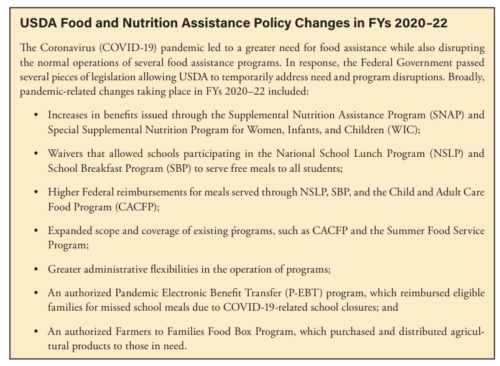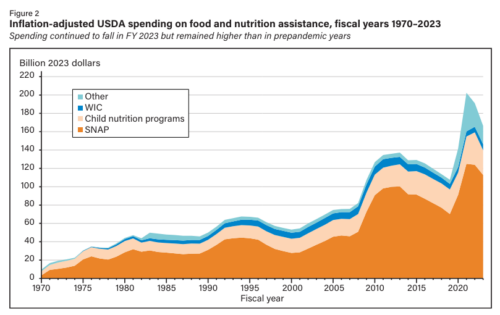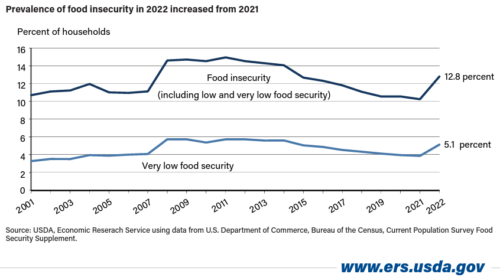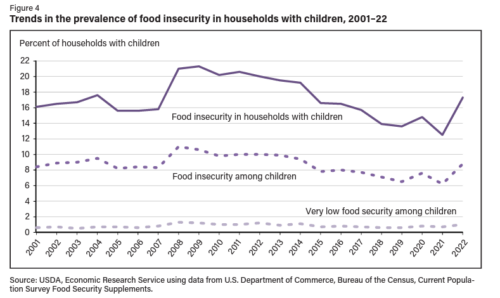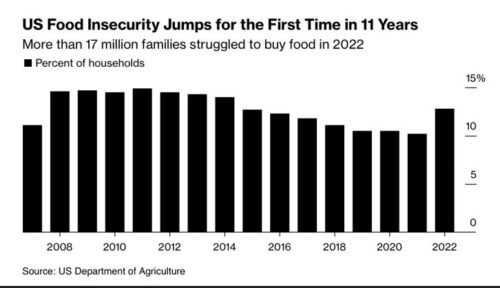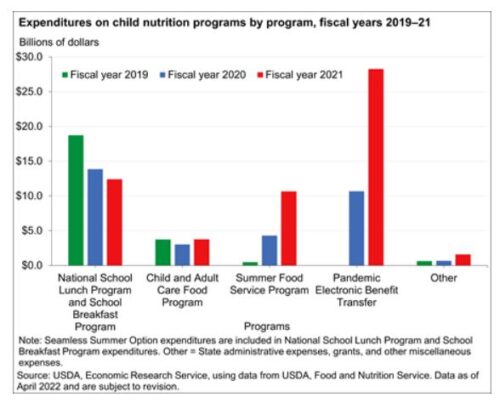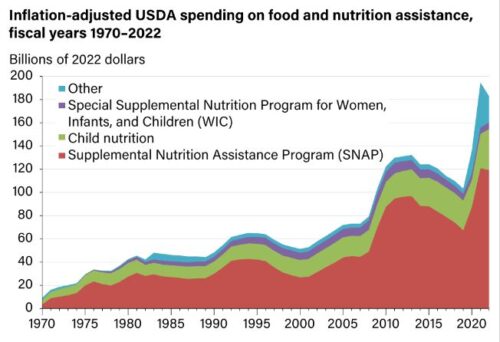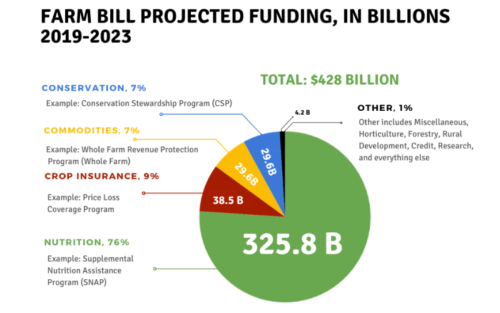Several readers have asked me to comment on legislative proposals to refocus SNAP on nutrition quality.
Their requests were triggered by an editorial in The Hill, America’s food program for the poor should focus on nutrition, by two former USDA Secretaries, Dan Glickman and Ann Veneman, who co-chair the Bipartisan Policy Center’s Food and Nutrition Security Task Force.
They have several suggestions for improving SNAP:
To start, they should make diet quality a core, statutory focus of SNAP. Legislation from Sens. Cory Booker (D-N.J.) and Marco Rubio (R-Fla.) — the SNAP Nutrition Security Act of 2023 — would not only provide a statutory focus on nutrition within SNAP but craft a robust data collection strategy to identify opportunities to improve nutrition in the program.
The Booker/Rubio bill is clear about its purpose:
Food programs administered by the Department of Agriculture should simultaneously combat food insufficiency and diet related chronic diseases, including obesity, diabetes, hypertension, heart disease, and cancer, which cause immense suffering, significantly increase already high health care spending, increase poverty, and undermine military readiness.
The bill calls for a report from the USDA Secretary that includes:
- An analysis of the food and nutrition security of participants and non-participants in SNAP
- Changes in SNAP aimed at improving food and nutrition security and diet quality
- An analysis of the effectiveness of those changes
- Recommendations for additional authority for the USDA Secretary to improve food and nutrition security and diet quality.
The core of this bill is store-level data collection.
The bill authorizes the USDA to study “the specific food items acquired with [SNAP] benefits by eligible households.”
Good idea, and about time too. I was on the SNAP to Health commission which made similar recommendations in 2012.
I hope Congress passes it. Here are the organizations that endorse the bill so far (as of July 14, 2023).
For the record: if we were starting from scratch on poverty reduction, my strong preference is for income support, not SNAP. It worked splendedly during the pandemic.
Given that SNAP is what we’ve got, my preference is for the WIC model, or would be if all of these questions weren’t so politicized.
